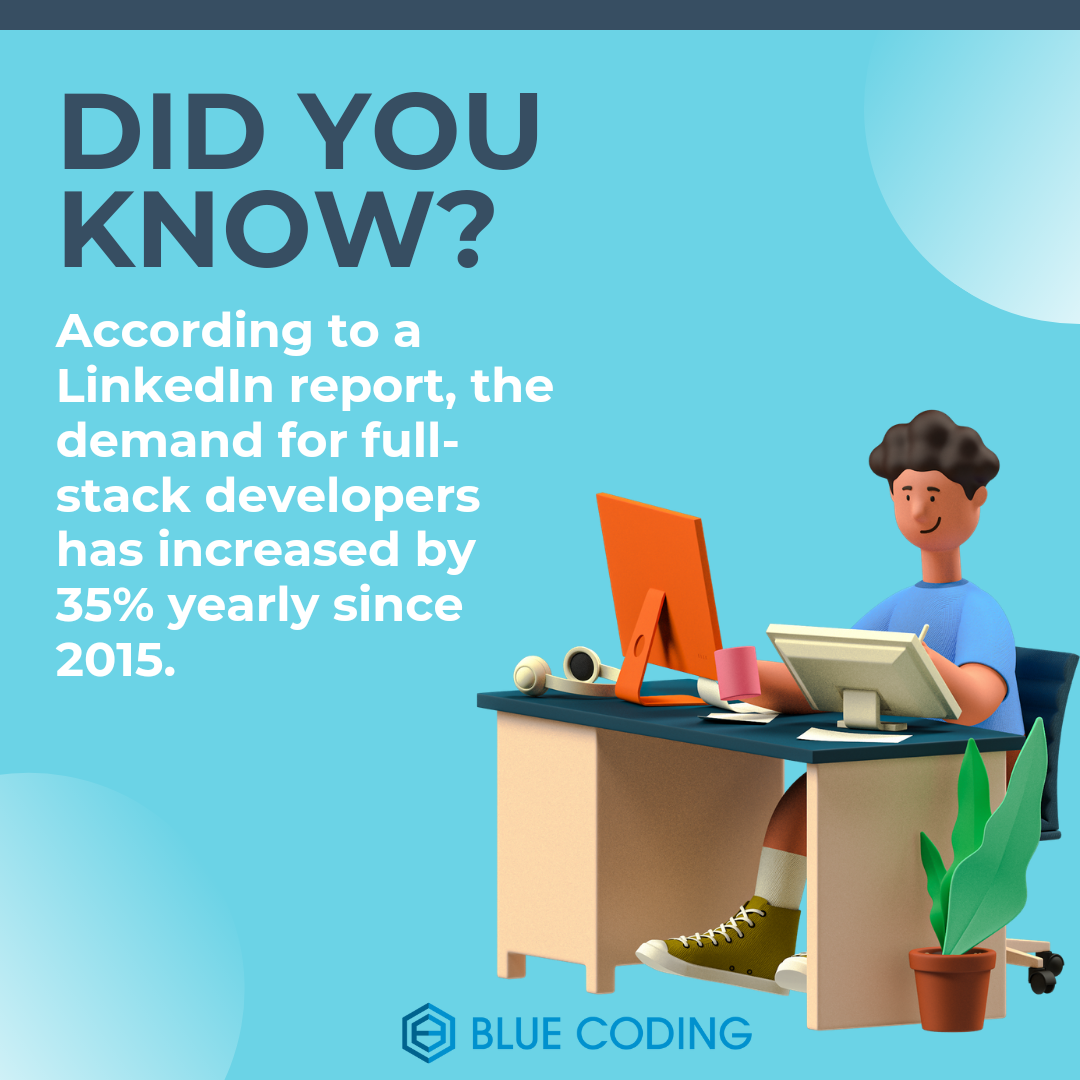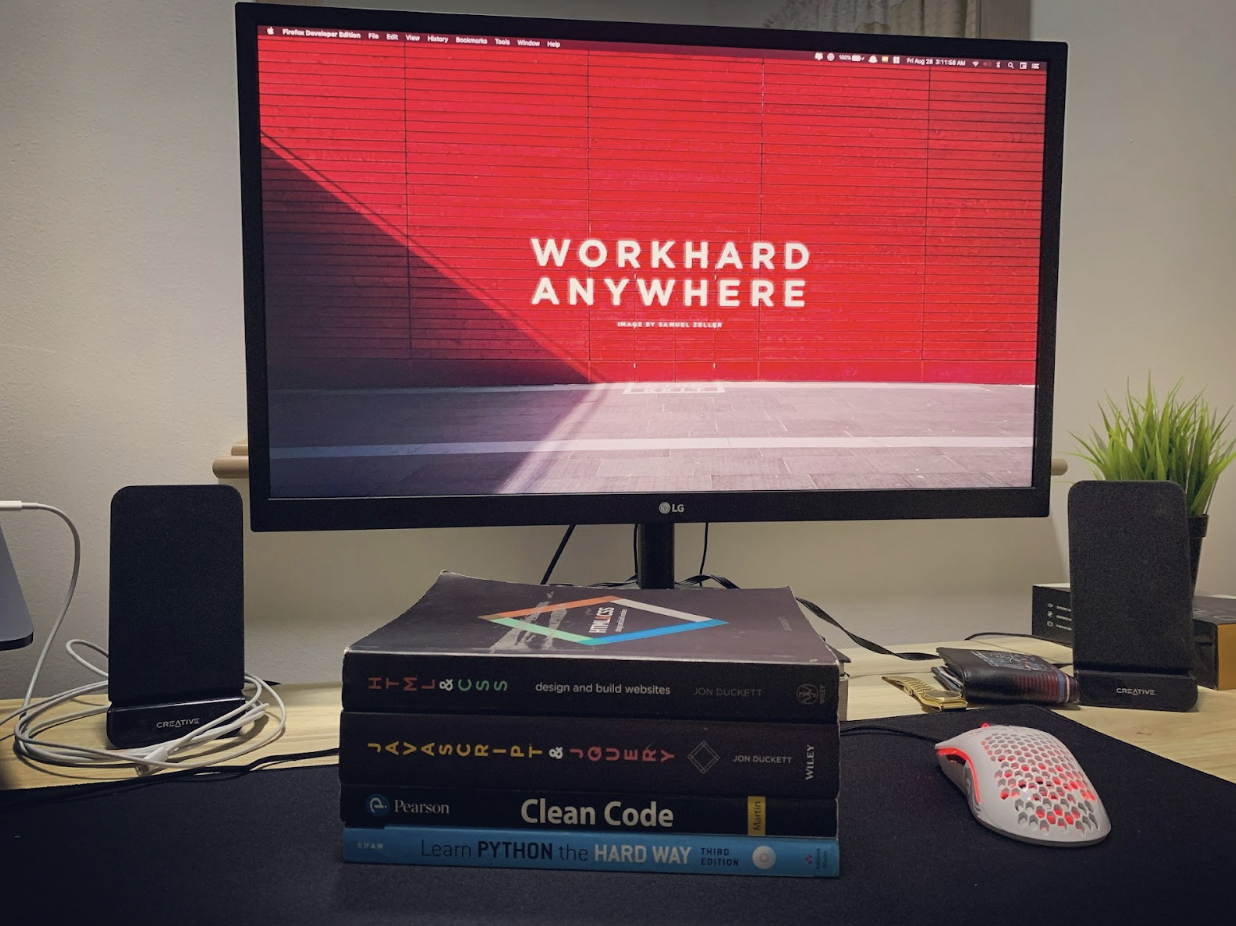 News
News
Whether you are tech-savvy or a beginner in the software development world, you may have heard of Fullstack development. Fullstack developers possess the skills to handle both front-end and back-end development, making them highly valuable in creating comprehensive software solutions. This guide will walk you through the essential steps and considerations for hiring Fullstack developers, ensuring you find the right talent to meet your project needs efficiently and effectively.

Precautions To Take When You Hire Nearshore Fullstack Developers
Understand Cultural and Language Differences.
When you hire Fullstack developers, it’s essential to recognize and respect cultural and language differences. While nearshore locations often share similar time zones and have closer cultural alignments compared to offshore locations, there can still be nuances in communication styles, work ethics, and holidays. Make sure to establish clear communication channels and protocols to avoid misunderstandings. Encourage an open dialogue where developers feel comfortable sharing their thoughts and asking questions. Also, ensure that language proficiency is adequate for smooth collaboration.
Evaluate Technical Skills and Experience.
Thoroughly assess the technical skills and experience of potential nearshore Fullstack developers. This can be done through a combination of technical interviews, coding tests, and reviewing past projects. Look for developers who not only have expertise in the required technologies but also demonstrate problem-solving abilities and a proactive approach to learning new tools and methods. Checking references and seeking testimonials from previous clients can provide further insights into their reliability and performance.
Establish Clear Project Requirements and Expectations.
To ensure a successful partnership, it is crucial to establish clear project requirements and expectations from the outset. Document detailed specifications, deadlines, and deliverables, and communicate these clearly to the developers. Regularly scheduled meetings and progress reports can help keep the project on track and address any issues promptly. Using project management tools can facilitate better tracking and accountability. Make sure that both parties agree on the scope of work, payment terms, and any potential contingency plans. You can ask your potential candidate whether they are comfortable with the project expectations or not when you ask them Fullstack developer interview questions.
Consider Legal and Contractual Aspects.
Pay careful attention to the legal and contractual aspects when hiring nearshore developers. Draft a comprehensive contract that outlines the terms of engagement, including confidentiality agreements, intellectual property rights, and dispute resolution mechanisms. It’s advisable to consult with a legal expert familiar with international contracts to ensure all bases are covered. This will protect both parties and provide a clear framework for the collaboration.
Foster Team Integration and Collaboration.
Integrating nearshore developers into your existing team can enhance collaboration and project unity. Encourage regular interaction between onshore and nearshore team members through video conferences, team-building activities, and collaborative tools. Establishing a sense of camaraderie and mutual respect can lead to better teamwork and more effective problem-solving. Providing nearshore developers with access to the same resources and information as your in-house team ensures that everyone is aligned and working towards common goals.
Monitor Progress and Provide Feedback.
Consistently monitoring progress and providing constructive feedback is vital for the success of any Fullstack development project. Set up regular check-ins to review milestones, discuss challenges, and make any necessary adjustments. Use performance metrics to evaluate the quality and efficiency of the work being done. Providing timely and specific feedback helps developers improve and align their efforts with project objectives. Recognizing and rewarding good performance can also motivate the team and foster a positive working environment.
Ensure Strong Security Measures.
Security is a critical concern when hiring nearshore Fullstack developers. Ensure that the developers you hire adhere to best practices in cybersecurity. This includes using secure coding practices, regularly updating software and libraries, and following protocols for data protection. Conduct thorough background checks to verify the credibility and reliability of the developers. Also, implement secure communication channels and tools for sharing sensitive information and maintain strict access controls to protect your intellectual property.
Facilitate Continuous Learning and Development.
Encourage continuous learning and professional development for your nearshore developers. The technology landscape is constantly evolving, and staying updated with the latest trends and tools is essential for maintaining high standards of work. Provide access to training resources, online courses, and industry conferences. Supporting their growth not only enhances their skills but also demonstrates your commitment to their professional development, which can improve retention and job satisfaction.
Plan for Time Zone Differences.
Even with nearshore developers, there can be minor time zone differences that need to be managed effectively. Plan your meetings and collaboration activities considering these time differences to ensure optimal productivity. Establish a flexible working arrangement that accommodates different time zones without causing disruptions. Utilizing asynchronous communication tools like project management software, messaging apps, and shared documents can help maintain a smooth workflow.
Set Up a Trial Period.
Before fully committing to a long-term contract, consider setting up a trial period to evaluate the compatibility and performance of the nearshore developers. A trial project or a probationary period allows both parties to assess the working relationship and make necessary adjustments. This can help identify any potential issues early on and ensure that the developers are a good fit for your company’s culture and project requirements.
Utilize Effective Onboarding Processes.
A well-structured onboarding process is crucial for integrating nearshore developers smoothly into your team. Provide comprehensive documentation about your company’s processes, tools, and expectations. Introduce them to key team members and familiarize them with your organizational culture and workflows. A thorough onboarding process helps new developers quickly adapt to your working environment, reduces the learning curve, and accelerates their productivity.
Maintain Flexibility and Adaptability.
Flexibility and adaptability are key when working with nearshore Fullstack developers. Be open to different working styles and be prepared to make adjustments as needed. The ability to adapt to changing project requirements, timelines, and unforeseen challenges is vital for maintaining a productive and positive working relationship. Flexibility fosters a collaborative atmosphere where developers feel valued and are more likely to contribute their best work.
Invest in Relationship Building.
Building strong relationships with your nearshore developers can lead to a more effective and enjoyable working experience. Take the time to understand their motivations, career goals, and personal interests. Regularly check in with them not just about work but also about their overall well-being and job satisfaction. Investing in relationship building creates a sense of loyalty and trust, which can result in long-term partnerships and better project outcomes.
Why Should You Hire Fullstack Software Development Experts Through Nearshore Outsourcing?
1. Nearshore vs. Offshore Outsourcing
Nearshore outsourcing offers significant advantages over offshore outsourcing, primarily due to geographical proximity. This proximity results in similar time zones, which facilitates real-time communication and reduces delays in project execution. Cultural similarities between nearshore locations and the client’s country often lead to better mutual understanding and smoother collaboration. In contrast, offshore outsourcing can face challenges due to significant time zone differences and cultural disparities, which can hinder effective communication and coordination.
2. Nearshore vs. In-house Development
Hiring nearshore developers can be more cost-effective compared to maintaining an in-house development team. In-house development involves substantial overhead costs such as salaries, benefits, office space, and equipment. Nearshore outsourcing eliminates many of these expenses, offering access to skilled professionals without the long-term financial commitment. Moreover, nearshore developers bring specialized expertise and can be scaled up or down as project needs change, providing greater flexibility. In-house teams, while integrated into the company culture, may lack the diverse skill set and adaptability that nearshore developers can provide.
3. Nearshore vs. Freelance Developers
Nearshore outsourcing often provides a more reliable and structured approach compared to hiring freelance developers. Nearshore development teams typically operate within established companies, ensuring a certain level of professionalism, quality control, and accountability. Freelancers, while potentially less expensive, can pose risks in terms of reliability, consistency, and project management. Nearshore teams offer the benefits of dedicated project management, collaborative teamwork, and the ability to handle larger, more complex projects, which can be challenging for individual freelancers to manage effectively.
4. Overall Advantages of Nearshore Outsourcing
Overall, nearshore outsourcing combines many of the benefits of both in-house and offshore options while mitigating their drawbacks. It provides a balance of cost efficiency, proximity, and quality that is often difficult to achieve with other models. Nearshore developers can offer a high level of engagement and integration with the client’s team, ensuring that projects are delivered on time and meet the desired standards. This approach fosters a productive working relationship and helps in achieving better project outcomes, making nearshore outsourcing a superior choice for many businesses.
What Makes Fullstack Development Special?
Fullstack development stands out because it merges two traditionally separate domains: front-end and back-end. Instead of relying on multiple specialists, a Fullstack developer can navigate the entire development cycle, from designing intuitive user interfaces to building and maintaining the server-side logic. This versatility allows businesses to streamline projects, reduce communication gaps, and accelerate delivery timelines.
↝ Fullstack developers bring a big-picture mindset, making it easier to align technical execution with business goals.
↝ Their cross-disciplinary expertise makes them excellent problem-solvers, able to switch between tasks and quickly resolve issues.
They are especially valuable in startups or lean teams where flexibility and adaptability are crucial for success.
The real strength of Fullstack development lies in its efficiency. By having one developer or a compact team handle multiple layers of development, businesses can create cohesive digital products without unnecessary delays.
The Future of Fullstack Development
The future of Fullstack development looks incredibly promising, as the role is evolving alongside emerging technologies. With the rise of cloud computing, microservices, and AI integration, Fullstack developers are no longer just bridging front and back-end. They are becoming architects of entire digital ecosystems.
↝ New frameworks and tools are making it easier for developers to master both sides of development, leading to faster innovation.
↝ The demand for “T-shaped” professionals, experts in one area but skilled across multiple domains, fits perfectly with Fullstack roles.
↝ Remote and nearshore development trends are expanding the talent pool, making it easier for businesses to access highly skilled Fullstack developers across borders.
According to a 2024 Stack Overflow Developer Survey, more than 47% of professional developers identified themselves as Fullstack, making it the most common developer type. Industry forecasts also suggest that the global demand for Fullstack developers will grow by 20% in the next five years, driven by the increasing need for cost-effective and agile product development. This shows that Fullstack development is not just a current trend but a long-term necessity for businesses aiming to scale quickly.
Do All Businesses Need to Hire Fullstack Developers?
While Fullstack developers bring undeniable value, not every business may need them. The decision depends on the scope, complexity, and scale of your project. For some companies, hiring niche specialists in front-end, back-end, or DevOps might be more effective. However, for many modern businesses, Fullstack developers strike the perfect balance between versatility and cost-efficiency.
↝ Small to medium businesses often benefit the most since Fullstack developers can handle multiple roles without requiring a large team.
↝ Enterprises with larger projects may still rely on Fullstack developers as coordinators who bridge specialized teams.
↝ Businesses with limited budgets can cut costs by hiring one Fullstack developer instead of multiple specialists.
Hire Fullstack Developers With Blue Coding
There is no doubt that hiring Fullstack developers can transform your coding solutions. Fullstack developers offer versatility and cost-efficiency and can accelerate development processes. At Blue Coding, we recognize that hiring developers can be expensive and challenging ,given the current industry demands. That's why we provide staff augmentation services, enabling companies to hire Fullstack developers from Latin America at a lower cost, supported by our expert technical vetting team. Contact us today to learn more about our nearshore software development services!



